What is Civil Engineering and Regional Design?

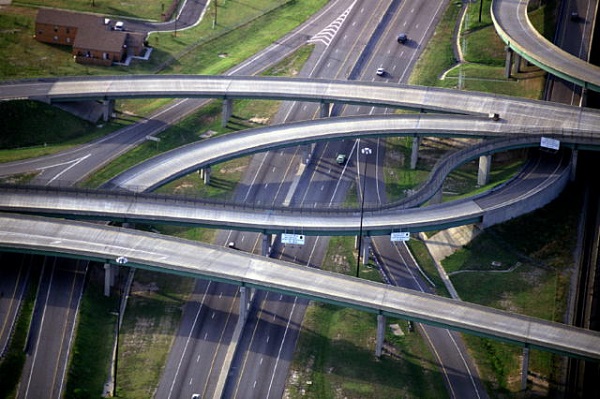
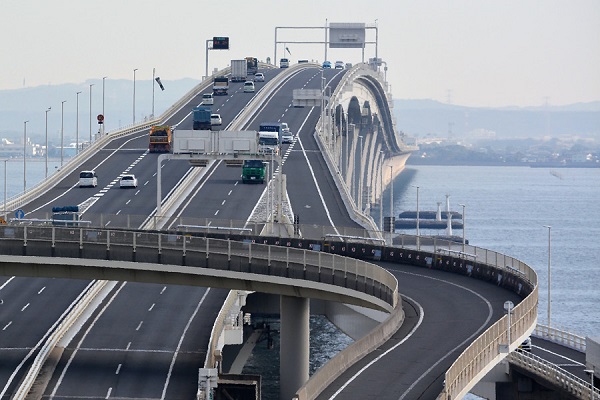
Based on Civil Engineering
Civil Engineering and Regional Design is an academic discipline for designing safe and sustainable social infrastructure and urban functions. Civil engineering, as opposed to military engineering, is the oldest academic system in the history of engineering, and has been used to build civilized society. The Japanese term "doboku kogaku" literally means "soil and tree engineering," and is derived from a term meaning “build the soil and tree” that appears in the ancient Chinese text Huainanzi. It is deeply related to our social life, serving as the foundation of our civil life.
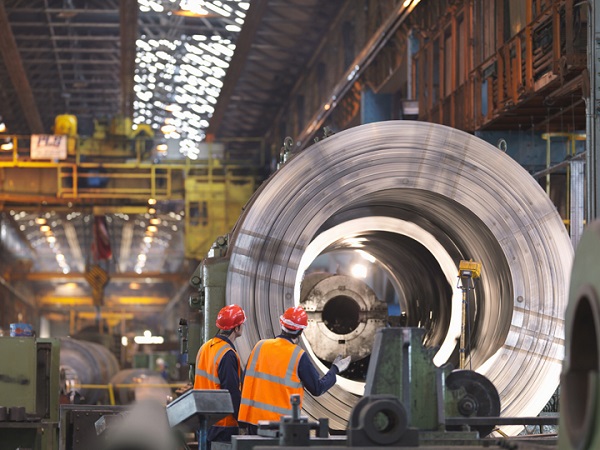
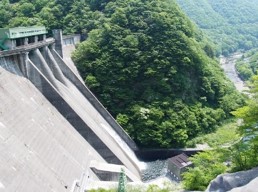
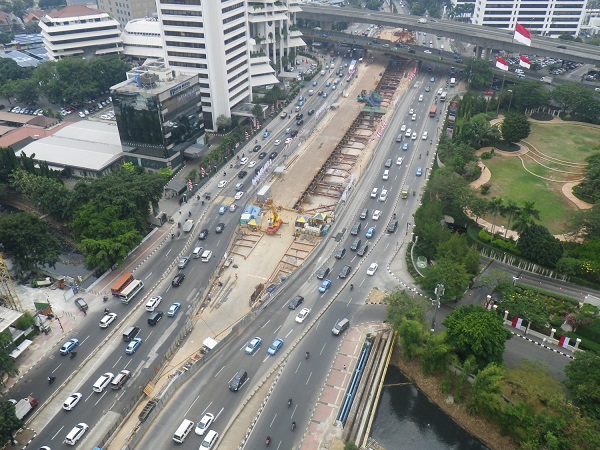
The Expansion of Civil Engineering
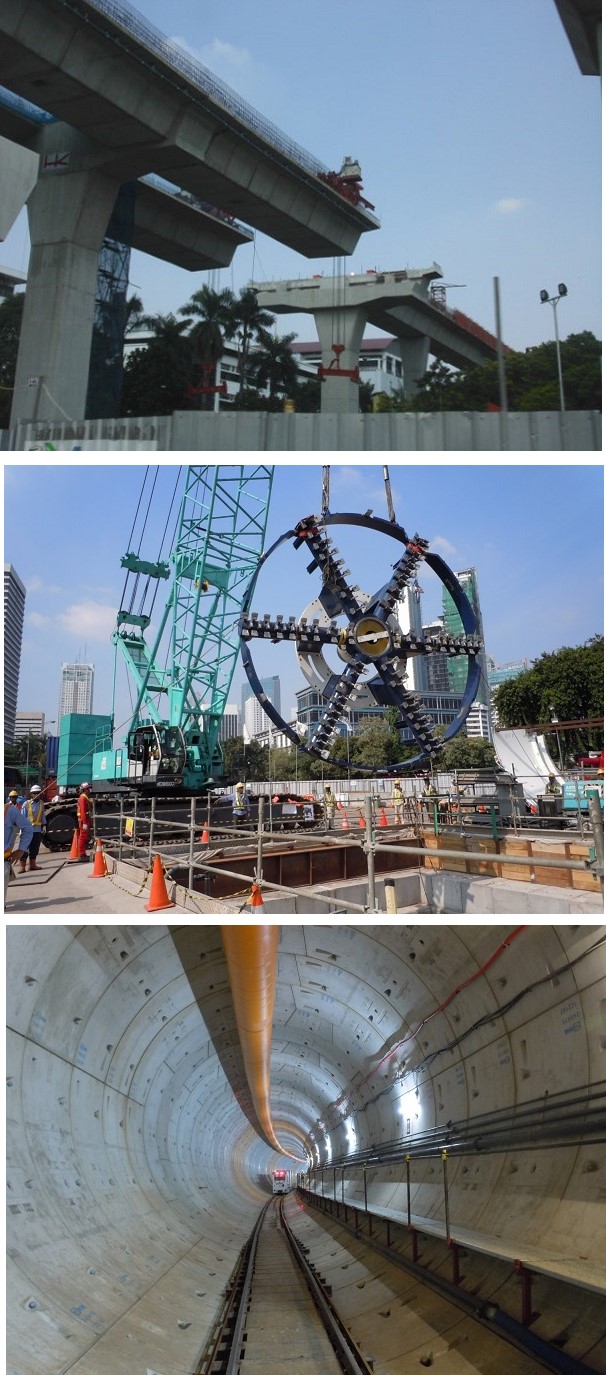 Although the term “social infrastructure” is quite concise, civil engineering technology covers a wide range of fields and deals with things both big and small. For example, there are the following.
Although the term “social infrastructure” is quite concise, civil engineering technology covers a wide range of fields and deals with things both big and small. For example, there are the following.
◆Lifelines
(electricity, gas, water and sewage, communication networks, etc.)
◆Transportation networks and plans
(Roads, railways, bridges, tunnels, etc.)
◆Urban and agricultural facilities, ports, airports
◆Water resources, energy facilities
◆Urban and land planning
◆Disaster countermeasures, disaster prevention management
◆The conservation and restoration of the natural environment.
All of these fields require civil engineering. It has evolved in various ways in response to the needs of the times. In the future, civil engineering will continue to be widely and deeply connected with various fields as society develops and transforms.
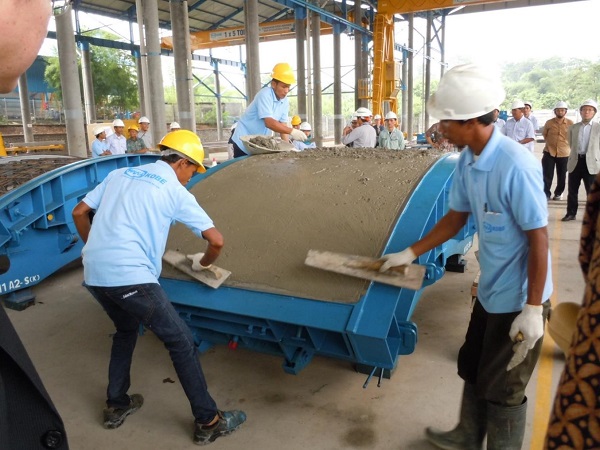
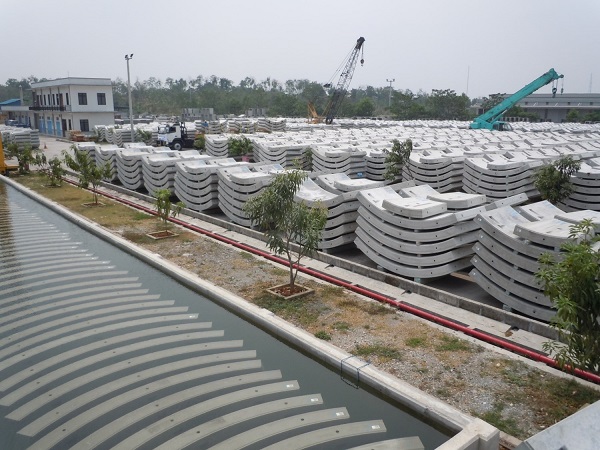

Design Abilities and the Global Age
Design will become important in the coming age. It is not about looking good; it is about "getting things done better" (i.e., problem solving). The challenge is not only to build social infrastructure, but also to be able to appropriately lead the region to solutions based on the economy, society, culture, and history of the regional society. In addition, there are increasing opportunities for the internationalization of projects, overseas technical cooperation for public works projects, and competition with foreign companies. In addition, the threats of coming massive earthquakes and climate change associated with global warming must also be addressed. To achieve this, individual technical fields must be integrated with the aim to solve problems beyond regional and national boundaries. In many ways, there is a need for engineers with design skills who can play an active role in a globalized society.
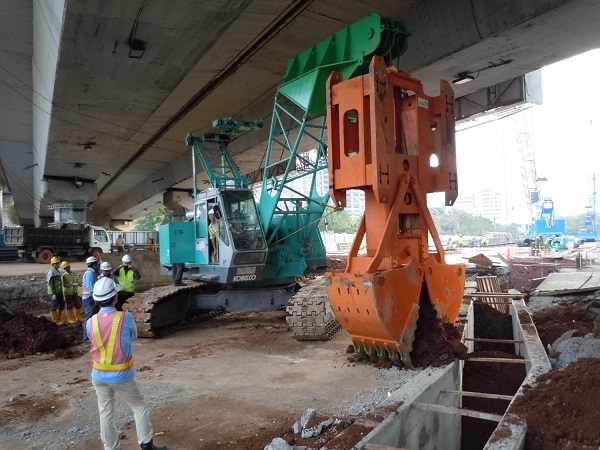

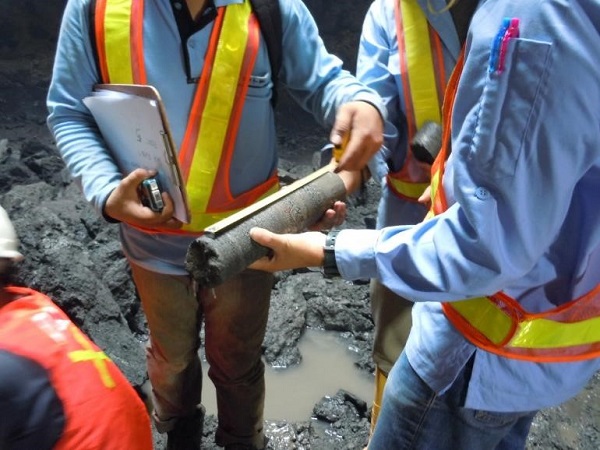
The Role Played by the Department of Civil Engineering and Regional Design
In this department, students learn not only civil engineering to create social infrastructure, but also the ability to "design" social infrastructure and urban functions in order to pave the way for new paths in the coming age by integrating civil engineering and related expertise. The problems facing civil engineers today are extremely diverse, and when you go out into the real world, you will be faced with many complex problems that you have never experienced before. At such times, we must combine existing disciplines and technologies, and sometimes create "new technologies" together with a diverse group of people from various fields. Designing comfortable and safe living and its infrastructure in this way is the essence of civil engineering. The mission of the Department of Civil Engineering and Regional Design is to contribute to human society through research and development, and to nurture human resources who will spread their wings and take flight toward that higher goal.
